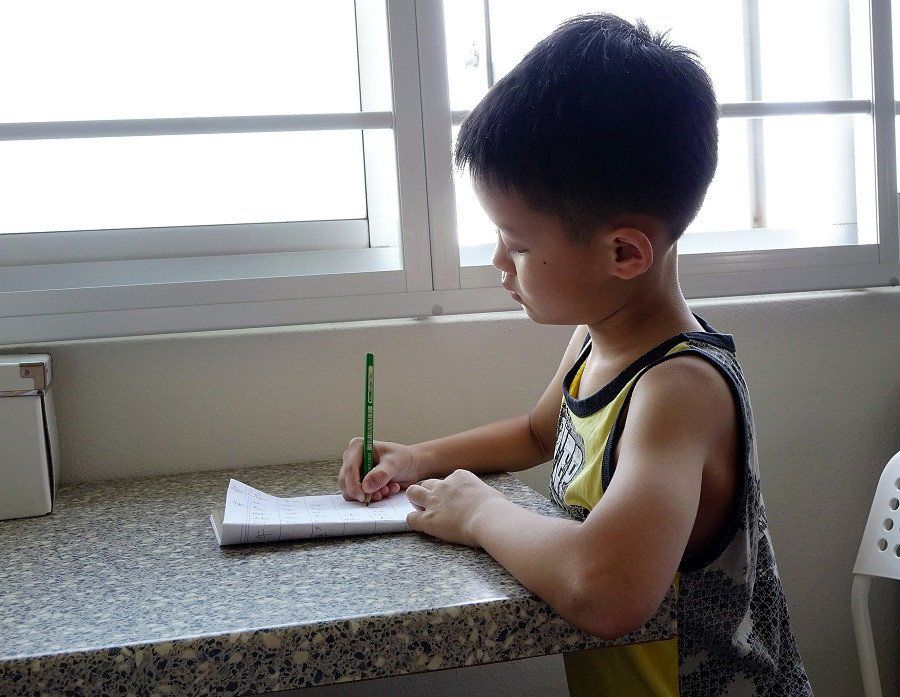The State Of Our Education System: Whose Fault Is It?

I signed my name at the guard house, a hot pondok at the entrance of the school where a security guard named Pak Kader sat in. He’s seen me come and go the past few months, and he knows me well. Little did I know that in the next 15 minutes, my understanding of our Malaysian schooling system will be absolutely upended.
The hard truth
I sat down in the principal’s chair and had a brief moment of flashback. I recalled being on this chair many a times back in my schooling days, with the difference being that this time I didn’t have beads of sweat trickling down my forehead. I wasn’t in trouble this time. I wasn’t on the chair for causing trouble, rather I was on the principal’s chair because the Malaysian education system is in trouble.
I came to this particular school to talk about the school’s performance, and also because I was a member of the community who is worried about the Malaysian education. Kudos to the principal for being open enough to meet me and share his thoughts with me. He conveyed some figures to me and I remember slumping on the chair, as we both let out a sigh.
This school, in the heart of urban Selangor, used to be one of the best schools in the state. It’s an established institution with a proud heritage of many years of educational excellence under its belt. But that was in the 90s.

Today, out of all the students in the school who sat for last year’s Pentaksiran Tingkatan 3 or PT3 (a lower secondary public examination) exams, only 4% of students managed to qualify for Science stream in the upper secondary level. That’s right, 96% of students could not even get the required C grade for Science and Mathematics, and have gotten D’s, E’s and F’s instead.
I suddenly understood why, even after months of trying, my company, EduNation, could not find a local IT developer to take over our IT development function from our developers in India—we just could not find the talent.
I suddenly understood why human resources practitioners all around the country have been pulling their hair out. They are just unable to find the talent they need. The situation surely cannot be worse than what I have seen from this school. Can it?
I was making a trip to the outskirts of Selangor to visit a couple of schools. It was a tiring day and combination of the heat and the long drive made me unbearably sleepy. Hence, I decided to head into a mini market, 99 Speedmart, to get a can of Red Bull.
When I went to the counter to pay for my drink, I asked the lady behind the counter, “How much?” to which she replied “Five fifty” in Bahasa Malaysia (BM). I handed her RM10. She took the money from my hands, looked at her cash register and realised that the cash register was not working. She looked at my RM10 note, looked at me and then said “hold on” in BM. She fumbled around in the drawers and after what seemed like an awkward minute, found a calculator. I observed what she typed into the calculator. She typed in 10 minus 4.50, corrected herself, 10 minus 5.40, corrected herself again and this time she got it right. 10 minus 5.50.
I could see that she really tried. She took more than a minute to calculate the value of RM10 minus RM5.50. Then, I thanked her.
I hopped into my car and drove to visit a school. While waiting to meet the principal, I looked at the results of their school exams posted up on the notice board. I couldn’t believe what I saw. It just couldn’t be. I looked at the sheet again and again and I realised that my eyes were not playing tricks on me. The total number of students who passed their Mathematics exam was 14%. That’s right, 86% of students in this particular school had failed their Mathematics. My heart sank. I felt a wave of despair wash over me. Perhaps the cashier at 99 Speedmart studied here a few years ago, I thought.
What’s interesting to note is that these schools aren’t small, isolated schools. What’s more crucial to note is that this is a scenario repeated over and over in many of our schools, dotted all over our country.
How did we end up here?

Usually after asking this question, people play the blame game. It is the government’s fault, it is the teacher’s fault, it is the principal’s fault, and it is everyone else’s fault but our own. Let’s not mince words. In the past many years, what the education system has become is absolutely our fault. We let it come to this due to our apathy and lack of involvement in schools.
If you’re not going to a local school to volunteer just a minute of your time to help the principal and the teachers, then the state of Malaysian education is your fault.
If you’re not playing an active part in the Parent Teacher Association in schools, then the state of Malaysian education is your fault.
If you’re not getting involved and instead calling and issuing complaints to your local government representative about educational issues and needs, then the state of Malaysian education is your fault.
If you’re not spending some time coaching and tutoring students in need, then the state of Malaysian education is your fault.
For many years before this, I did not take an active part in helping our schools, in helping our students. And so, the state of the Malaysian education is my fault.
Disclaimer: Names have been changed to ensure privacy.
Edmond today runs EduNation, a free online tuition platform dedicated to helping children from all walks of life in their school work. Do you feel strongly about the education system in Malaysia? We are just as passionate as you are for our children’s education. Write in to us at editor@leaderonomics.com.
To find out more about EduNation, click here.
Community
This article is published by the editors of Leaderonomics.com with the consent of the guest author.






